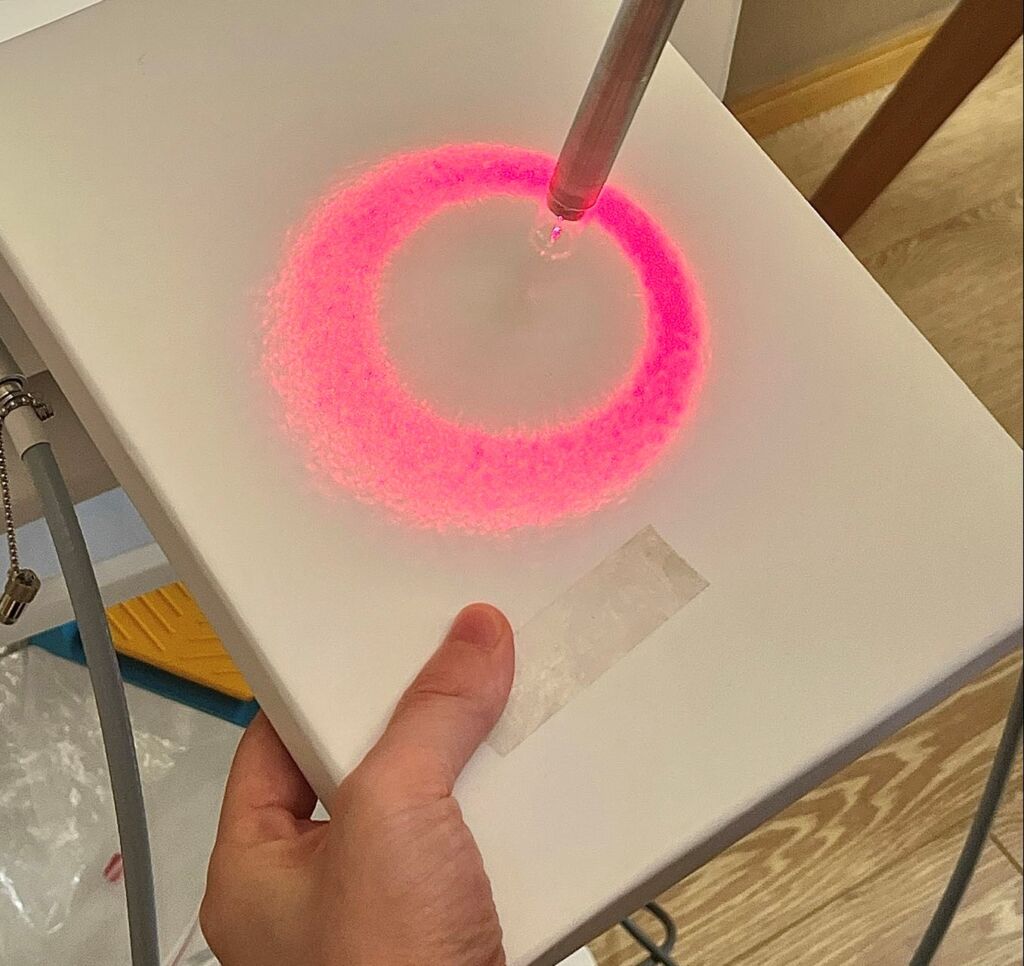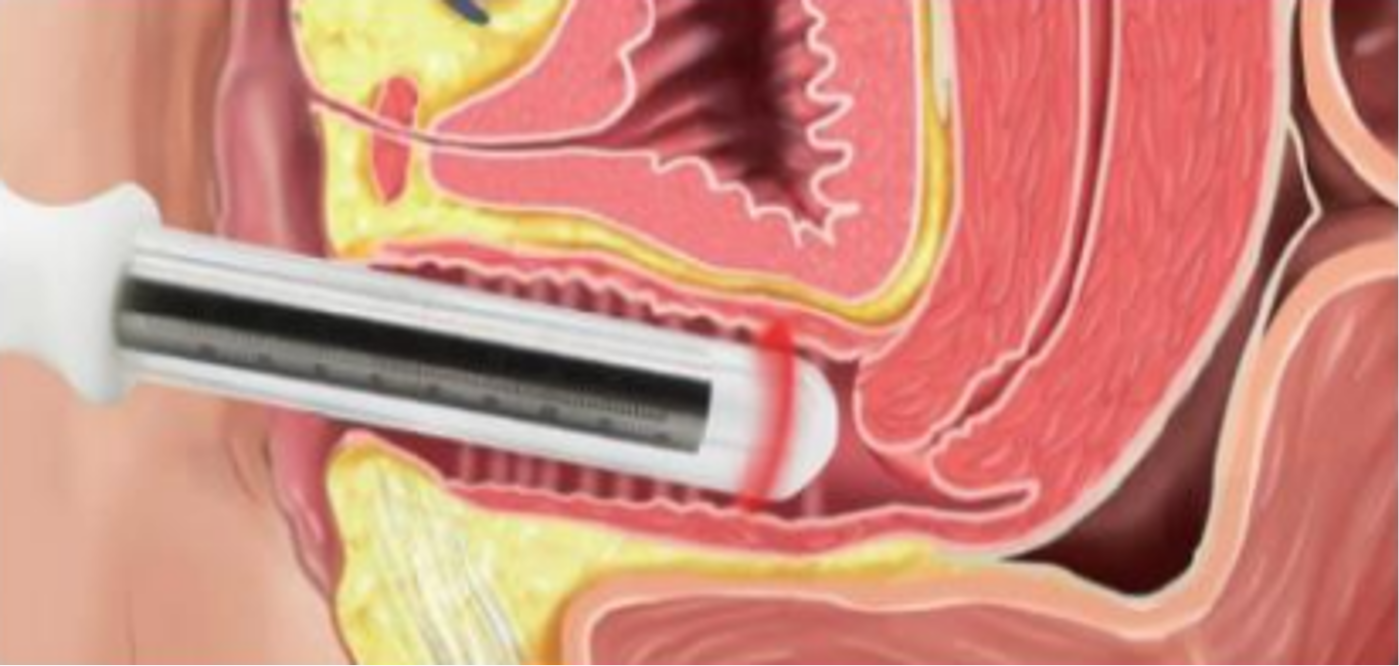980nm 1470nm Gynecology laser’s Mechanism & Technology
It usually refers to laser technology used on the female reproductive system, mainly the vulva and vagina. Its main purpose is to improve problems such as loose tissue, dryness, and urinary incontinence in the private parts caused by age, childbirth, etc.
The 980 nm 1470 nm diode laser represents a cutting-edge, minimally invasive option in cosmetic gynecology. It offers a broad spectrum of benefits, from vaginal tightening and rejuvenation to menopausal symptom relief and postpartum recovery, while ensuring patient comfort, safety, and efficacy. Its flexibility for both non-ablative and surgical procedures gives healthcare providers a powerful, single-platform solution.
The dual-wavelength laser (980 nm and 1470 nm) targets water and hemoglobin, delivering controlled, non-ablative thermal energy that penetrates deeply while preserving superficial tissues. This enables precise, safe heating of vaginal mucosa to simulate collagen remodeling and tissue regeneration.Delivered via a 360° radial emission fiber, the energy uniformly contacts the vaginal wall from within, ensuring consistent and effective treatment of the entire mucosal circumference.


980nm 1470nm Laser Application in Gynecology
Clinical Applications & Benefits
- Vaginal Rejuvenation & Tightening
Promotes neocollagenesis, improves mucosal elasticity, hydration, and tone, resulting in enhanced vaginal tightness and sexual comfort.
- Genitourinary Syndrome of Menopause (GSM)
Reverses menopausal changes—vaginal thinning, dryness, irritation, and inflammation—by thickening the vaginal lining, improving lubrication, and alleviating discomfort.
- Stress Urinary Incontinence (SUI)
Strengthens vaginal and urethral tissues via collagen stimulation, reducing urinary leakage during physical exertion such as coughing or laughing.
- Postpartum and Post-Delivery Rehabilitation
Restores tone and elasticity to the vaginal canal after childbirth, helping women regain pre-delivery function and comfort.
- Vaginal Dryness & Recurrent Infections
Enhances mucosal hydration and immunity, helping reduce dryness, irritation, and repeat vaginal infections.
- Additional Indications
The technology may also support treatment for genito-urinary atrophy, vulvar vestibular syndromes, and female sexual dysfunction.
In vaginal tightening treatment, the diffrence with the 1470nm diode laser machine, Fractional Co2 laser and the Hifu:
- 1470nm Diode Laser
How it works: The 1470nm wavelength is highly absorbed by water. When the laser is emitted, the energy is rapidly absorbed by the water in the vaginal mucosa, generating heat. This heat is precisely controlled and causes mild thermal damage to the collagen fibers beneath the mucosa. The body activates repair mechanisms, producing new, more densely packed collagen and elastic fibers while stimulating the mucosal glands to secrete, thereby thickening, moisturizing, and enhancing the elasticity of the vaginal lining.
Effects: Primarily improves vaginal dryness, dyspareunia, and mild laxity. Due to its more superficial effect, it may not be as effective as HIFU or CO2 laser for severe laxity. However, its greatest advantages are comfort and the lack of downtime.

- Fractional CO2 Laser
How it works: Using a “fractional” emission pattern, a high-energy CO2 laser beam is divided into countless tiny beams. Each microbeam instantly vaporizes a small area of tissue, creating a tiny pore (Microscopic Treatment Zone, MTZ). The tissue between the pores remains intact. This ensures effective treatment and significantly accelerates healing. The thermal effect causes collagen contraction and regeneration in the tissue surrounding these micropores.
Effects: It has a dual effect. First, vaporization remodeling: it vaporizes old, unhealthy mucosal epithelial cells, promoting the growth of new, healthy epithelial cells, improving color and radiance. Second, thermal stimulation tightening: the thermal effect penetrates deeply into the submucosal layer, triggering significant collagen regeneration and contraction, achieving a superior tightening effect. It is ideal for those experiencing sagging, dryness, and dull skin.
- HIFU (High-Intensity Focused Ultrasound)
Principle: HIFU utilizes the penetrating and focusable properties of ultrasound. Low-energy ultrasound waves penetrate superficial tissues and focus into a high-energy spot at a specific depth beneath the skin (such as the fascia or muscle layer of the vaginal wall) (similar to focusing sunlight with a magnifying glass), instantly generating a high temperature of 65-70°C. This high temperature causes the collagen fibers in that area to shrink and denature, initiating a collagen regeneration process that lasts for months.
Effects: HIFU acts like an “internal suspension.” Rather than acting on the mucosal surface, it directly targets the fascia and muscles that support the vaginal structure. Therefore, it is more direct and effective in lifting and restoring support for moderate to severe vaginal laxity and prolapse caused by childbirth or aging.
FAQ:
1. How long does the treatment take? How many courses of treatment?
Usually one treatment takes 20-30 minutes, treatment course: A typical course of treatment is 3-5 sessions, with an interval of 4-6 weeks between each session.
- Mild relaxation (only mild relaxation of the vaginal entrance, without obvious symptoms such as urinary incontinence): Approximately 20 minutes, focusing on the superficial vaginal layer and submucosal tissues. 3 times/course, 6 weeks apart
- Moderate to severe relaxation (significant widening of the vaginal cavity, or combined with stress urinary incontinence and decreased sexual satisfaction): 25-30 minutes, requiring deep stimulation of the middle and lower vaginal segments, stimulating both the mucosal and muscular fascia layers. The doctor will adjust the laser energy and irradiation range based on the patient’s tolerance (avoiding sensitive areas such as the urethra and cervix throughout the treatment).4-5 times/course, the first 3 times can be separated by 4 weeks
2. How long can it last after treatment?
Generally, the effects of treatment last for 2-3 years.
Younger individuals (30-40 years old, no history of multiple births): Skin collagen regenerates more readily. If frequent vaginal damage (such as excessive sexual activity or subsequent childbirth) is avoided after surgery, the effects can last approximately three years.
Older individuals (over 45 years old, or those with declining estrogen levels): Collagen loss occurs more rapidly, so the effects may last approximately two years. One or two “consolidation treatments” (single supplemental treatments) are recommended every one to two years to prolong the effects.
3. Postoperative care
- Avoid sexual intercourse: Refrain from intercourse for one week.
- Maintain cleanliness: Wash the vulva with warm water daily and wear loose, breathable cotton underwear, changing frequently.
- Avoid irritation: Avoid bathing, swimming, or soaking in hot springs, and avoid using vaginal suppositories, lubricants, or gynecological washes.
- Relieve discomfort: Mild burning or a small amount of discharge is normal and can be relieved with a cold compress. No special treatment is required. If the discharge has an odor, bleeding, or worsening pain occurs, seek medical attention immediately.

